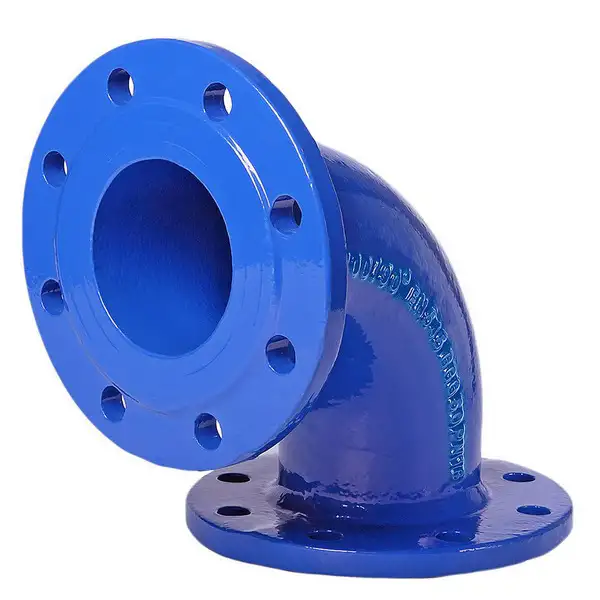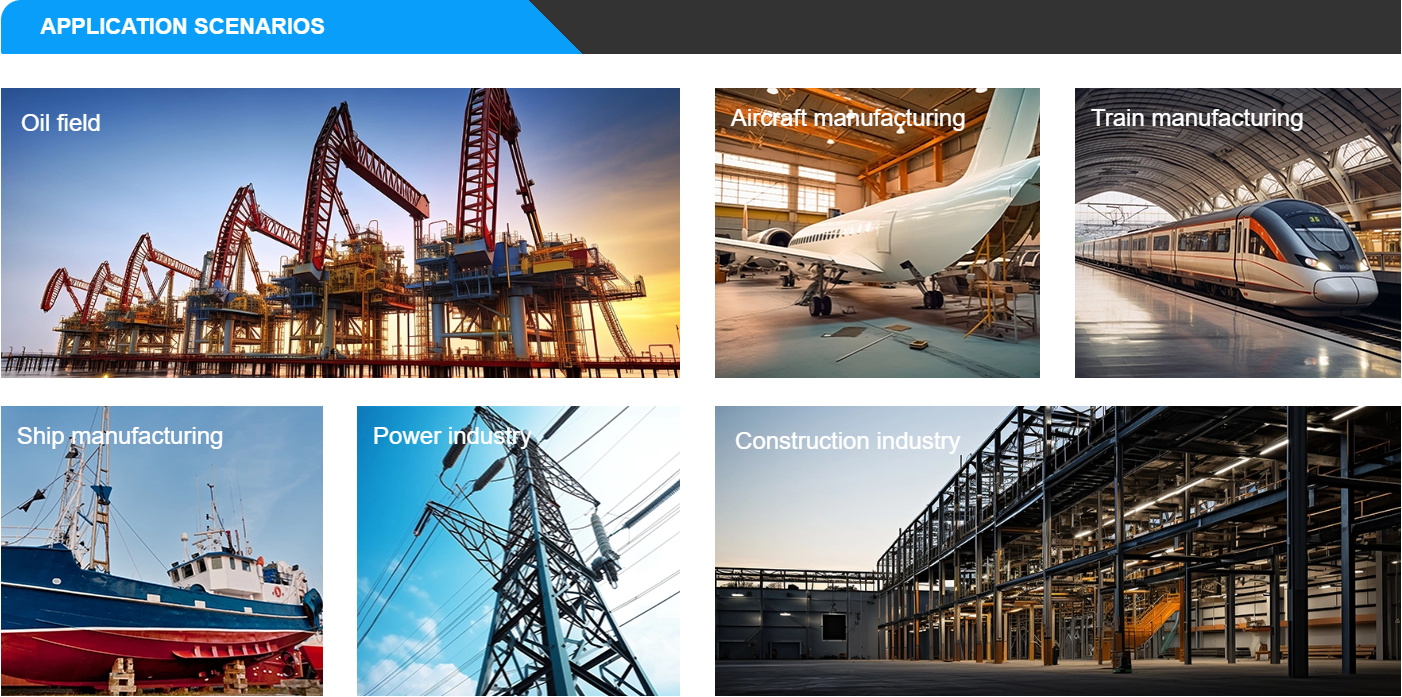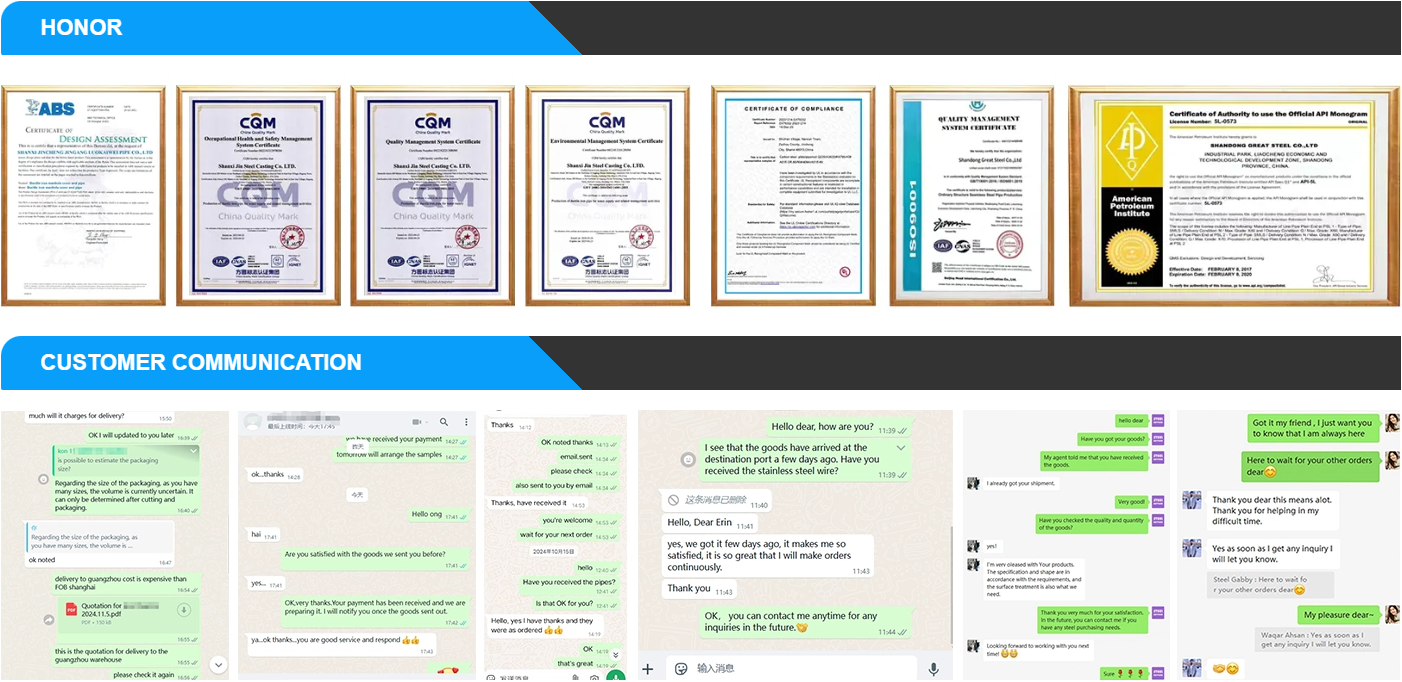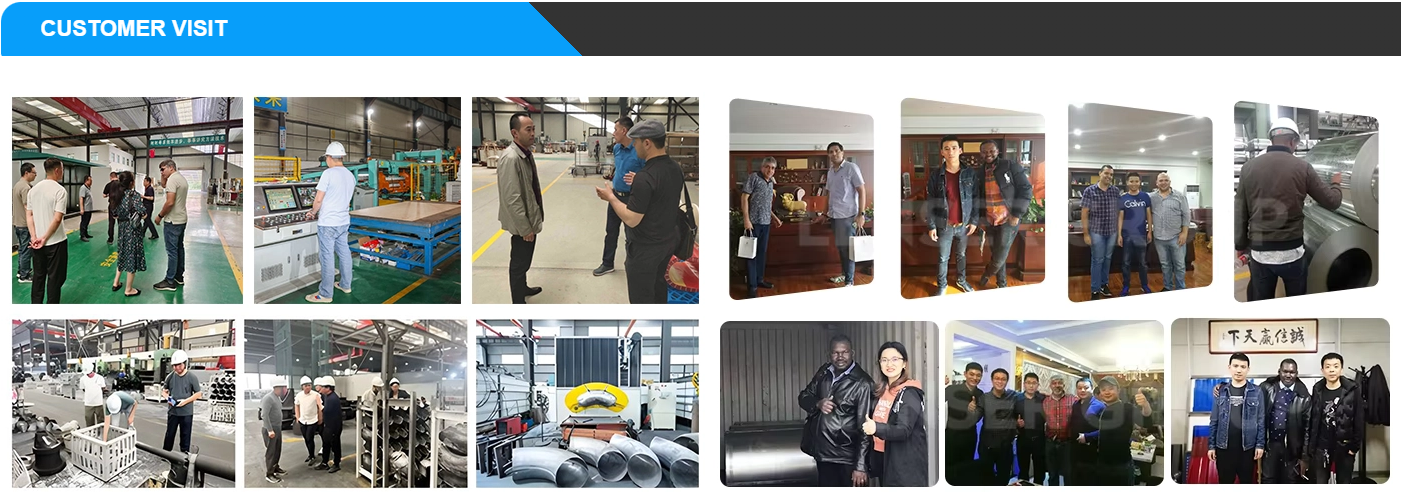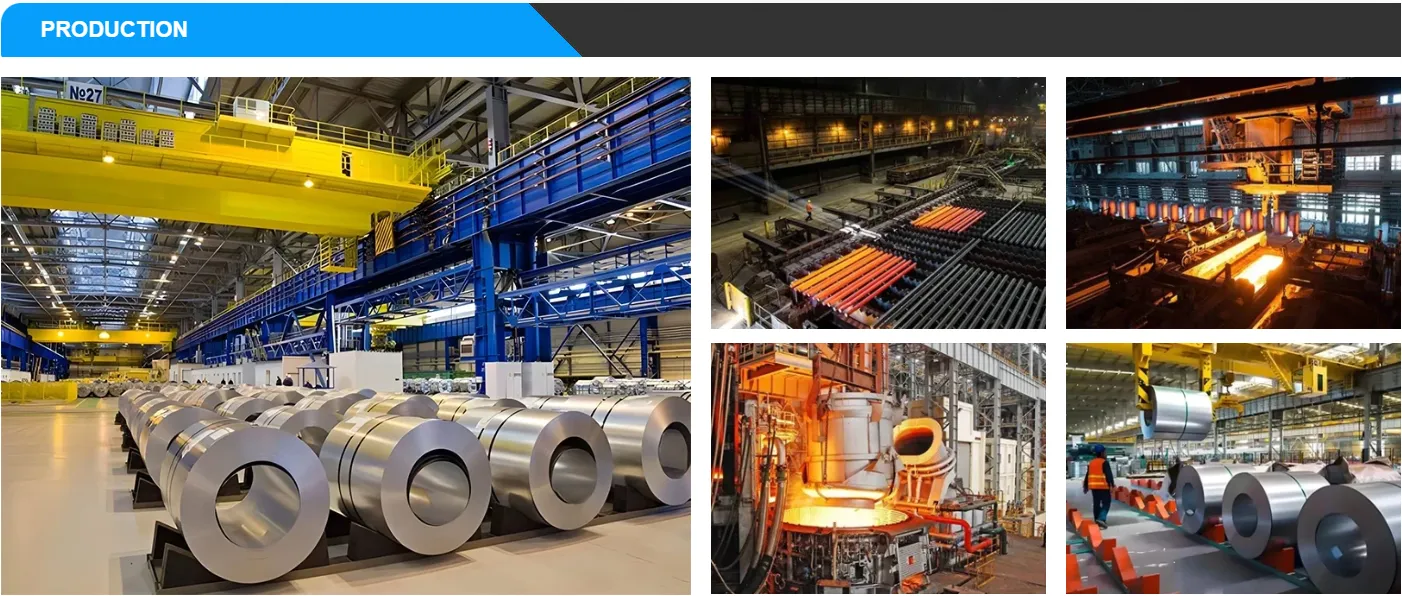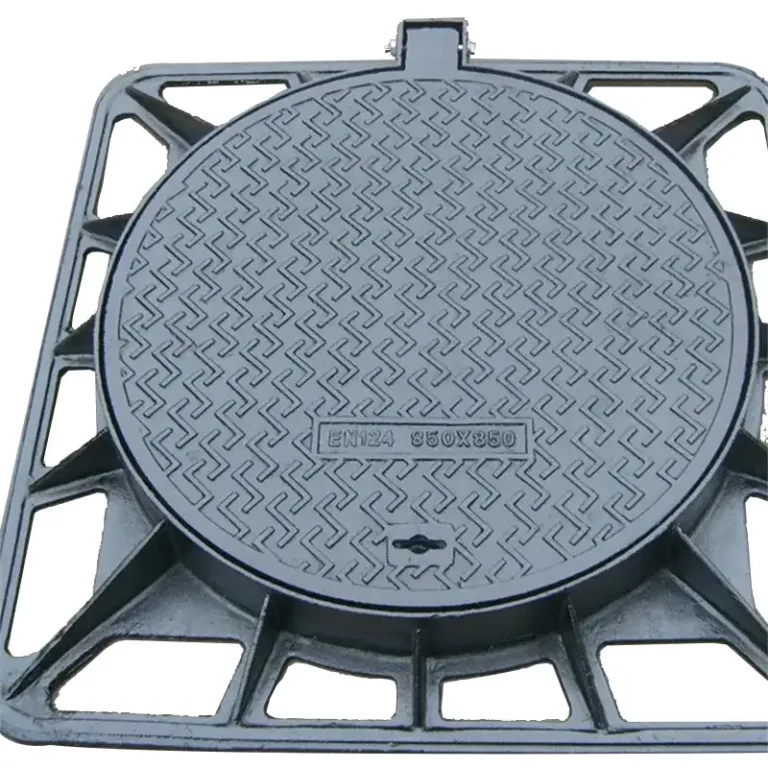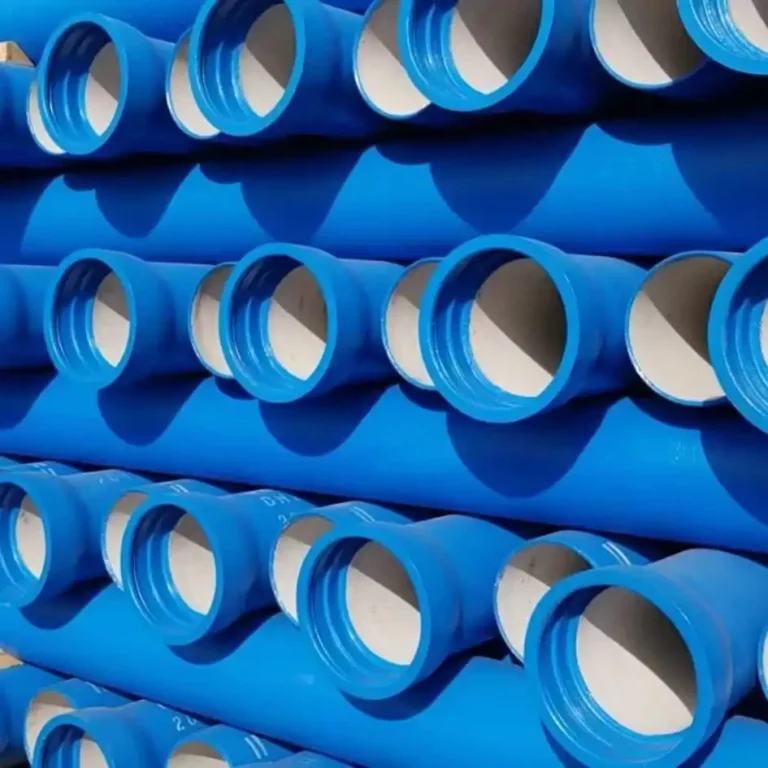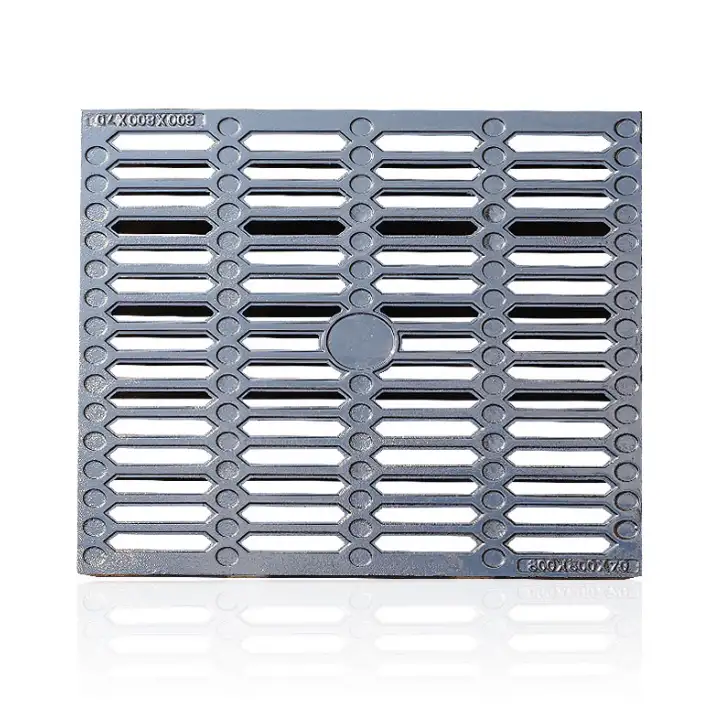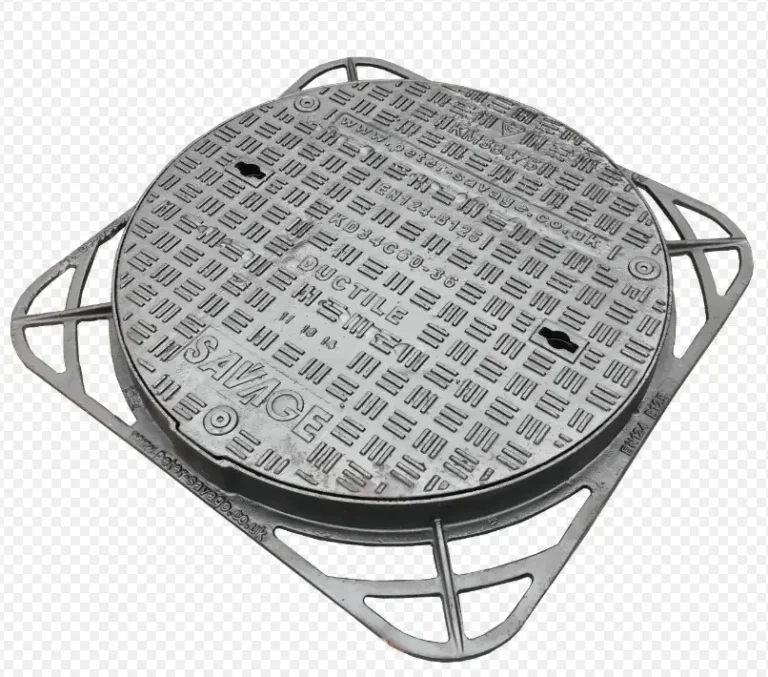Ductile iron 90° bend fittings are essential components in piping systems, designed to change the direction of fluid flow by 90 degrees. They are widely used in waterworks, fire protection systems, and industrial applications due to their durability and strength. These fittings are manufactured from ductile iron, a material known for its enhanced mechanical properties compared to traditional cast iron.
1. Material Specifications and Standards
Ductile iron 90° bend fittings conform to various industry standards to ensure quality and performance:
-
ASTM A536: Specifies the standard for ductile iron castings.
-
ANSI/AWWA C110/A21.10: Outlines the specifications for ductile iron and gray iron fittings.
-
ASME B16.42: Provides dimensions and pressure ratings for flanged fittings.
These standards ensure that the fittings meet the necessary requirements for strength, pressure tolerance, and compatibility with other system components.
2. Dimensions and Sizing Information
Ductile iron 90° bend fittings are available in various sizes to accommodate different piping systems. The dimensions typically follow the standards set by ANSI/AWWA C110/A21.10 and ASME B16.42. For instance, a 10-inch x 8-inch 90° reducing elbow has specific center-to-face and radius dimensions as per these standards.
| Size (Inches) | Center-to-Face (in) | Radius (in) | Weight (lbs) |
|---|---|---|---|
| 3 x 2 | 5.50 | 8.50 | 40 |
| 4 x 3 | 6.50 | 9.50 | 60 |
| 6 x 4 | 8.00 | 12.00 | 95 |
| 8 x 6 | 9.00 | 14.00 | 140 |
| 10 x 8 | 10.50 | 16.50 | 215 |
Note: The above dimensions are for illustrative purposes and may vary based on manufacturer specifications.
3. Pricing Overview
The pricing of ductile iron 90° bend fittings varies based on size, manufacturer, and additional features such as coating or certification. For example, a 10-inch x 8-inch 90° reducing elbow is priced at approximately $1,506.49, while a 24-inch 90° elbow can cost around $6,291.67. It’s important to request a quote for bulk purchases or specific requirements.
4. Applications in Various Industries
Ductile iron 90° bend fittings are utilized across several industries:
-
Waterworks: For directing water flow in municipal systems.
-
Fire Protection: In fire hydrant and sprinkler systems.
-
Industrial: In manufacturing plants for fluid and gas transport.
-
Irrigation: In agricultural systems for efficient water distribution.
Their robustness makes them suitable for both underground and above-ground installations.
5. Installation and Maintenance Guidelines
Installation
-
Preparation: Ensure that the pipe ends are clean and free from debris.
-
Alignment: Properly align the fitting with the pipe to avoid stress.
-
Bolting: Use the correct bolt size and torque specifications as per manufacturer guidelines.
Maintenance
-
Inspection: Regularly check for signs of wear or corrosion.
-
Cleaning: Keep the fittings clean to prevent blockages.
-
Replacement: Replace any damaged fittings promptly to maintain system integrity.
6. Comparison with Other Materials
| Material | Strength | Corrosion Resistance | Cost |
|---|---|---|---|
| Ductile Iron | High | Excellent | Moderate |
| Cast Iron | Moderate | Good | Low |
| Steel | Very High | Moderate | High |
| PVC | Low | Poor | Low |
Ductile iron offers a balance between strength and cost, making it a preferred choice for many applications.
7. Advantages of Ductile Iron Fittings
-
Durability: Long service life under various conditions.
-
Strength: High tensile strength suitable for high-pressure systems.
-
Versatility: Compatible with various piping materials and systems.
-
Corrosion Resistance: Enhanced resistance to environmental factors.
8. Safety and Compliance Standards
Ductile iron 90° bend fittings comply with safety standards such as ANSI/AWWA C110/A21.10 and ASME B16.42. These standards ensure that the fittings are safe for use in potable water systems and other critical applications.
9. Frequently Asked Questions (FAQs)
1. What is the difference between ductile iron and cast iron fittings?
Ductile iron fittings are made from a type of cast iron that has been treated to improve its strength and ductility. This makes them more flexible and resistant to cracking compared to traditional cast iron fittings.
2. How do I determine the correct size of a 90° bend fitting for my system?
The correct size depends on the diameter of the pipes in your system. Refer to the manufacturer’s specifications and standards such as ANSI/AWWA C110/A21.10 to select the appropriate size.
3. Can ductile iron 90° bend fittings be used for underground installations?
Yes, ductile iron fittings are suitable for underground installations due to their strength and resistance to corrosion. However, they should be installed according to local regulations and standards.
4. What are the pressure ratings for ductile iron 90° bend fittings?
The pressure ratings vary based on size and manufacturer specifications. For instance, fittings conforming to ANSI/AWWA C110/A21.10 are typically rated for 150 psi. Always check the product details for specific ratings.
5. How should I maintain ductile iron 90° bend fittings?
Regular inspection for signs of wear or corrosion is essential. Keep the fittings clean and replace any damaged components promptly to ensure the integrity of the system.
6. Are there any coating options available for ductile iron fittings?
Yes, coatings such as epoxy are available to enhance the corrosion resistance of ductile iron fittings. These coatings are applied according to standards like DIN 30677-2 to ensure durability.
